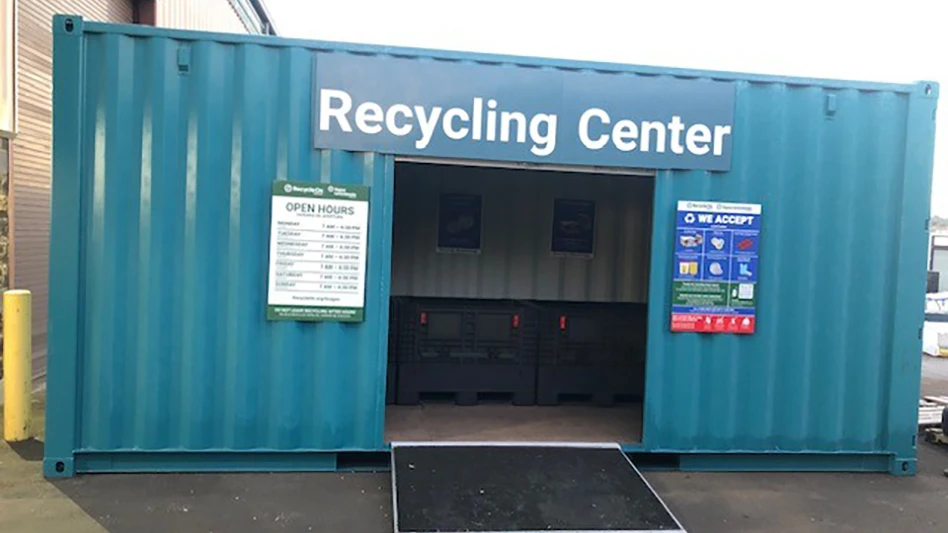A formerly contaminated site in Pasco, Wash., is proposed to be removed from the state's hazardous-sites list because it has been cleaned up to state standards.
The Washington Department of Ecology is proposing to remove the former Glen's Metals site in Pasco from the Model Toxics Control Act hazardous-sites list.
The Glen's Metals site was used as a battery-recycling business until the
late 1980s. As part of the recycling operation, a lined evaporation pond was constructed in late 1973 to store chemicals released from recycled batteries. Due to a potential sale of the property, soil samples were taken in April 1990 from the bottom of the evaporation pit at five locations. Results of the sampling showed lead contamination in the soil.
Soil was removed 4 to 5 feet below the evaporation pit liner, and 16 drums of lead contaminated soil were taken to the chemical-waste management facility in Arlington, Ore., for disposal. The pit was filled and covered with a concrete slab.
Soil samples indicated all lead-contaminated soil had been removed. The site is now used as a parking lot and shop facility for an asphalt company.
Another site that the state’s DOE is looking to lift from its contamination list is the Carburetor Ignition site, formerly known as A-1 Auto Wrecking, Spokane, Wash. According to the DOE, the site has been cleaned up to state standards.
During the time when A-1 Auto Wrecking operated at the Carburetor Ignition site, wrecked automobiles were stored in an unpaved yard. Auto salvage activities resulted in the release of waste oil, metals, methyl tertiary butyl ether (MTBE) and polychlorinated biphenyls (PCBs) to the soil. The site is currently used for rebuilding vehicle carburetors.
A backhoe was used to scrape pockets of discolored and stained soil from excavated trenches and between the trenches. Once the visible contamination had been removed, a piece of equipment that operates similar to a vacuum was used to remove the remaining contaminated soil.
In another area of the property, approximately 10 gallons of heating oil were released to the soil when the control valve was broken off the tank. A backhoe was used to remove visibly contaminated soil down to bedrock. About 1.5 cubic yards of contaminated soil were removed from the tank location.
Ecology is recommending removing the site from the list after reviewing a final cleanup report, because the site no longer represents a threat to human health or the environment and the actions taken at the site satisfy the requirements of MTCA.
Both sites were cleaned up under the "voluntary cleanup program," with Ecology's review and approval.
Ecology has concluded that neither site represent a threat to human health or the environment and that the actions taken at the site satisfy the requirements of MTCA.
"We are making progress cleaning up a long list of sites that need attention," said Jim Pendowski, Ecology's toxics cleanup manager.
Under the voluntary cleanup program, both Glen's Metals and Carburetor Ignition opted to independently clean up their site and submit a report for Ecology's approval.
Latest from Recycling Today
- US Steel to restart Illinois blast furnace
- AISI, Aluminum Association cite USMCA triangular trading concerns
- Nucor names new president
- DOE rare earths funding is open to recyclers
- Design for Recycling Resolution introduced
- PetStar PET recycling plant expands
- Iron Bull addresses scrap handling needs with custom hoppers
- REgroup, CP Group to build advanced MRF in Nova Scotia





